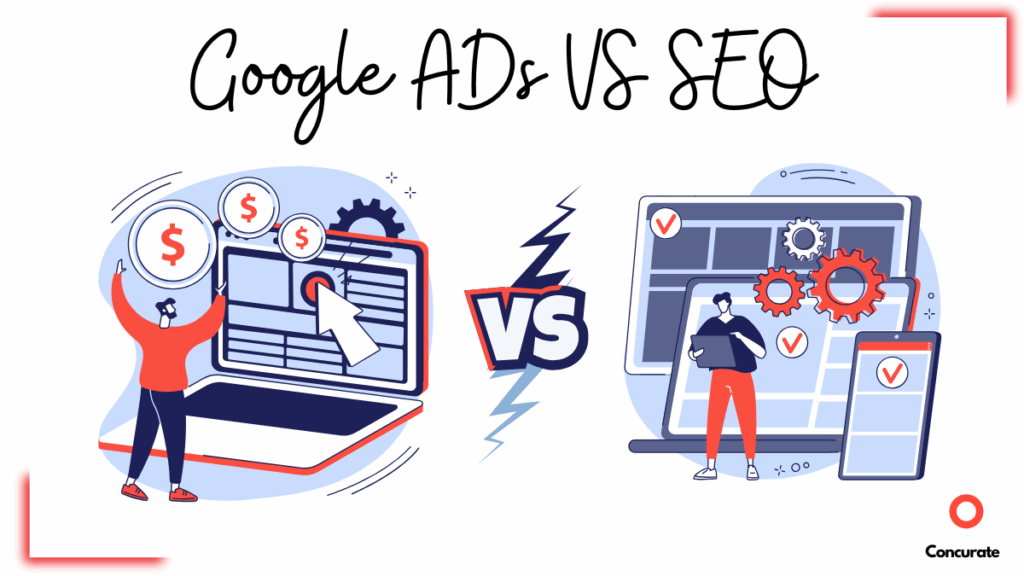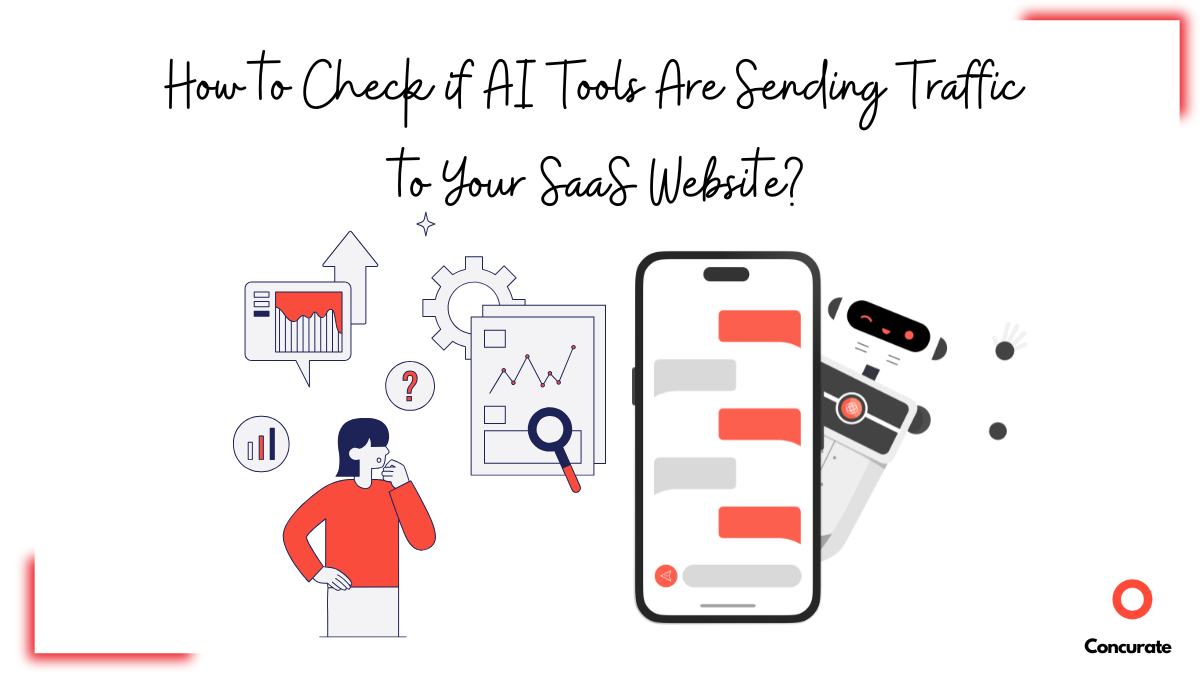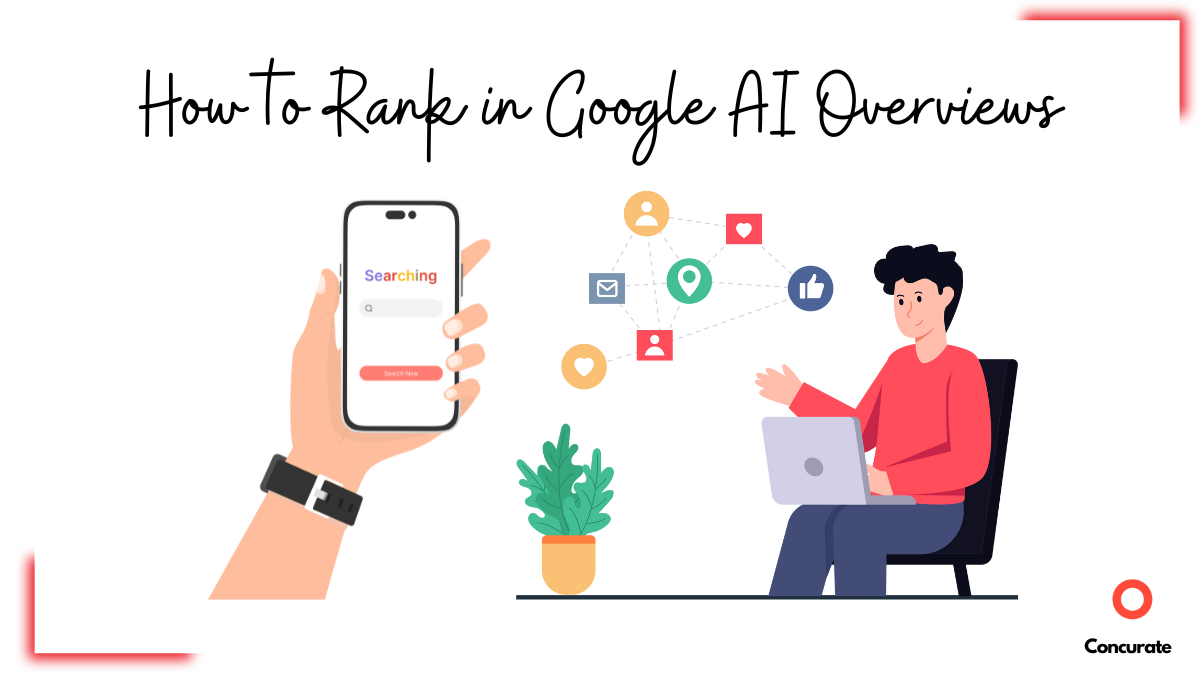SaaS SEO Case Study on Ranking 1st for Competitor Alternative Keyword
| Overview: This SaaS SEO case study breaks down how a voice AI company replaced underperforming Google Ads with a zero-cost SEO strategy and ranked #1 globally for a high-intent “[competitor] alternative” keyword. By deeply researching user pain points, testing 17 tools, and creating the most comprehensive comparison guide online, the team turned one blog into a long-term owned traffic asset. |
Sometimes, the best SaaS SEO case studies don’t start with a win. They start with a blind spot.
The blind spot hiding in plain sight? It’s buried in numbers that most SaaS teams scroll past without a second thought.
Numbers like this: Google Ads averaged a 6.42% click-through rate in 2024. Organic search results? 27.6%.
That’s not just a mathematical difference. That’s economics screaming at you.
Yet, why do so many SaaS teams keep throwing money at ads while ignoring the obvious math?
We found one team doing exactly that.
SaaS SEO Snapshot: The Key Wins
A quick look at how strategic content outperformed paid ads and turned one blog into a traffic engine.
- #1 organic ranking in the US, UK, and Canada.
- Top 10 ranking in Germany, Brazil, and Australia.
- 46 keyword variations ranking on page 1.
- 28,800+ impressions in the first month.
- 247 high-intent clicks from comparison searches.
- $0 spent on paid promotion.
- Consistent daily traffic without ongoing spend.
- Traffic ownership established for a core competitive keyword.
The SaaS SEO Wake-Up Call for a Remarkable Product
The client built something remarkable. An AI voice generation and cloning platform that could clone voices, convert text-to-speech and speech-to-speech with emotional nuance, translate languages, and even detect synthetic audio. The kind of product that makes other market alternatives look like a thing of the past.
And their marketing strategy? Well, not as remarkable as it should be.
They were running Google Ads for “competitor alternative” keywords, pushing traffic to a comparison landing page.
However, despite the ad spend, their landing page was sitting on page 3 of Google. And not many searchers were clicking the ads. Because let’s be honest, most people scroll right past them.
We reached out to the team and shared a simple insight:
“People searching for alternatives don’t want just one landing page. They want exploration, hear real audio samples, compare options, and make informed decisions. They want depth, not another sales copy.”
The team saw it immediately. Then they threw down a challenge that made our pulse quicken:
“Rank organically on Google’s first page for that alternative keyword. No payment unless you do.”
We were game.
The SaaS SEO Mission: Build the Best Alternative Guide
We knew this had to be more than just another SaaS SEO-optimized blog. To truly earn Google’s trust–and users’–it needed depth, originality, and strategic amplification.
So, we did what most teams skip—actual in-depth research. Understanding what users actually wanted.
Step 1: Get Inside the Heads of Users
We dove deep into Reddit threads where frustrated users vented about clunky AI voice tools. Then, we analyzed YouTube reviews to see what creators demonstrated worked and what didn’t. We even scoured AI forums where developers shared their real experiences.
The pattern emerged: Users cared most about how natural the cloned AI voices sounded. Additionally, what they vetted the alternatives against were pricing, speed, and ease of use.
Step 2: Dissect the Competition
We compared the top 10 ranking blogs, their gaps, and what Google liked about them. None had comprehensive coverage, such as actual audio samples in different languages, male-female voices, and features that help bring nuance to the AI-generated voice, all in one place.
Step 3: Map the SaaS Landscape
We identified 17 competing tools that were being recommended across Gemini, Perplexity, ChatGPT, and other GenAI platforms. We wanted our client’s tool positioned alongside the industry leaders.
Step 4: Do What Others Won’t (Get Your Hands Dirty)
Here’s where most agencies stop. They research, they write, they publish.
But our SaaS SEO strategy had a clear action plan: Keep digging!
We signed up and tested every tool. Downloaded audio samples of generated speech (some manually created; others sourced from deep YouTube dives). Compared the samples on numerous factors.
When we drafted the listicle, we wrote from a place of hands-on experience, not guesswork.
The Comprehensive Listicle: Everything Others Weren’t
The final piece was built for one purpose: to be so utilitarian that Google had no choice but to rank it #1.
The listicle had
- Crystal clear structure that lets readers find what they need instantly.
- Factual comparisons backed by actual testing.
- Audio samples embedded so readers could hear the differences themselves.
- Strategic positioning that highlighted our client naturally within the ecosystem.
- Technical SaaS SEO perfection that made Yoast SEO smile
We hit publish. And then we waited.
The Slow Burn: Week by Week
We hit publish. And waited.
Week 1: Page 3.
Week 3: Still stuck.
We were even competing against their ad-backed comparison landing page (which, frankly, should have been targeting a different keyword).
Still, we pushed through.
- Built one strategic backlink from a niche site in our network.
- Created a YouTube video breaking down the article’s insights.
- Distributed the article on LinkedIn.
- Invested exactly $0 in paid promotion
We’ve put together 30 proven SaaS growth strategies to help you achieve double the impact. Get the full list by filling out the form below.
The SaaS SEO Breakthrough Moment
A few weeks in, Google started noticing.
Week 4: Page 2. Google was paying attention.
Week 6: Bottom of page 1. We could taste victory.
Week 8: #1 globally. We won!
The results weren’t just good. They were definitive (as shown in the image below).
- #1 ranking in the US, UK, and Canada.
- Top 10 positioning in Germany, Brazil, and Australia.
- 46 keyword variations ranking across 14 countries.
Moreover, the article gained
- 28,800 impressions in the first month.
- 247 high-intent clicks from people actively comparing tools.
- Consistently appeared on Google AI overviews.
Attached below are the clicks and impressions data of the blog:
However, here’s the real victory: that article continues to bring our client consistent, high-quality traffic every day, without spending another dollar.
Read another SaaS SEO case study here: How We Drove 24 Leads with Just 3 Blog Posts
The Bigger Picture: SaaS SEO Content Strategy as a Competitive Moat
This is the fundamental truth that eludes most SaaS teams:
Paid ads = rented traffic. You stop paying, you lose the traffic.
Organic content = owned traffic. You create a stream once, and you benefit for years.
The power of a well-thought-out SaaS SEO content strategy cannot be overstated. It’s what happens when a deeper understanding of the target audience’s pain points and SEO becomes a moat, not just a channel.
Now, what does this mean for your SaaS?
If you’re sitting on a great product and wondering why it’s not breaking through the competition, maybe you’re just one “alternative” listicle away.
The blind spot many SaaS companies have is focusing so heavily on paid acquisition that they miss the massive opportunity in organic content. Content that compounds over time, builds authority, and creates owned traffic channels.
Ready to Turn Your Content into a Competitive Advantage?
This SaaS SEO case study represents more than just a ranking success. It’s a blueprint for how strategic content can outperform paid advertising when executed with the right research and expertise.
The same research-driven, value-first approach that took our client from page 3 to #1 can work for your SaaS. As a leading SEO company for SaaS, we’ve proven it works across industries, verticals, and competitive landscapes.
But we don’t believe in templates. Every SaaS has unique positioning challenges, audience nuances, and competitive dynamics. We’ll sit down with you, understand your content requirements, and build a strategy that turns your expertise into owned traffic.
Want to explore how this SEO strategy could work for your SaaS? Let’s identify the blind spots that could become your biggest opportunities.






